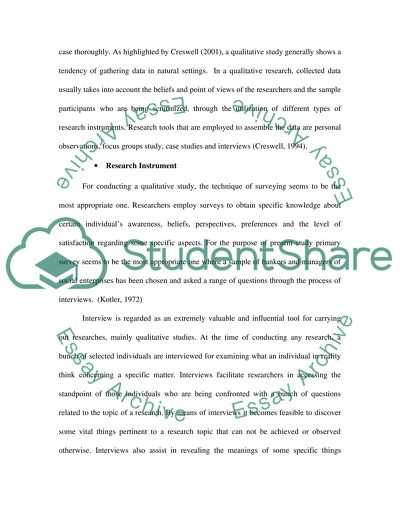Cite this document
(“The extent of bankers' awareness, attitude towards social enterprises Dissertation - 2”, n.d.)
Retrieved from https://studentshare.org/gender-sexual-studies/1427270-the-extent-of-bankersyie-awareness-attitude
Retrieved from https://studentshare.org/gender-sexual-studies/1427270-the-extent-of-bankersyie-awareness-attitude
(The Extent of bankers' Awareness, Attitude towards Social Enterprises Dissertation - 2)
https://studentshare.org/gender-sexual-studies/1427270-the-extent-of-bankersyie-awareness-attitude.
https://studentshare.org/gender-sexual-studies/1427270-the-extent-of-bankersyie-awareness-attitude.
“The Extent of bankers' Awareness, Attitude towards Social Enterprises Dissertation - 2”, n.d. https://studentshare.org/gender-sexual-studies/1427270-the-extent-of-bankersyie-awareness-attitude.


